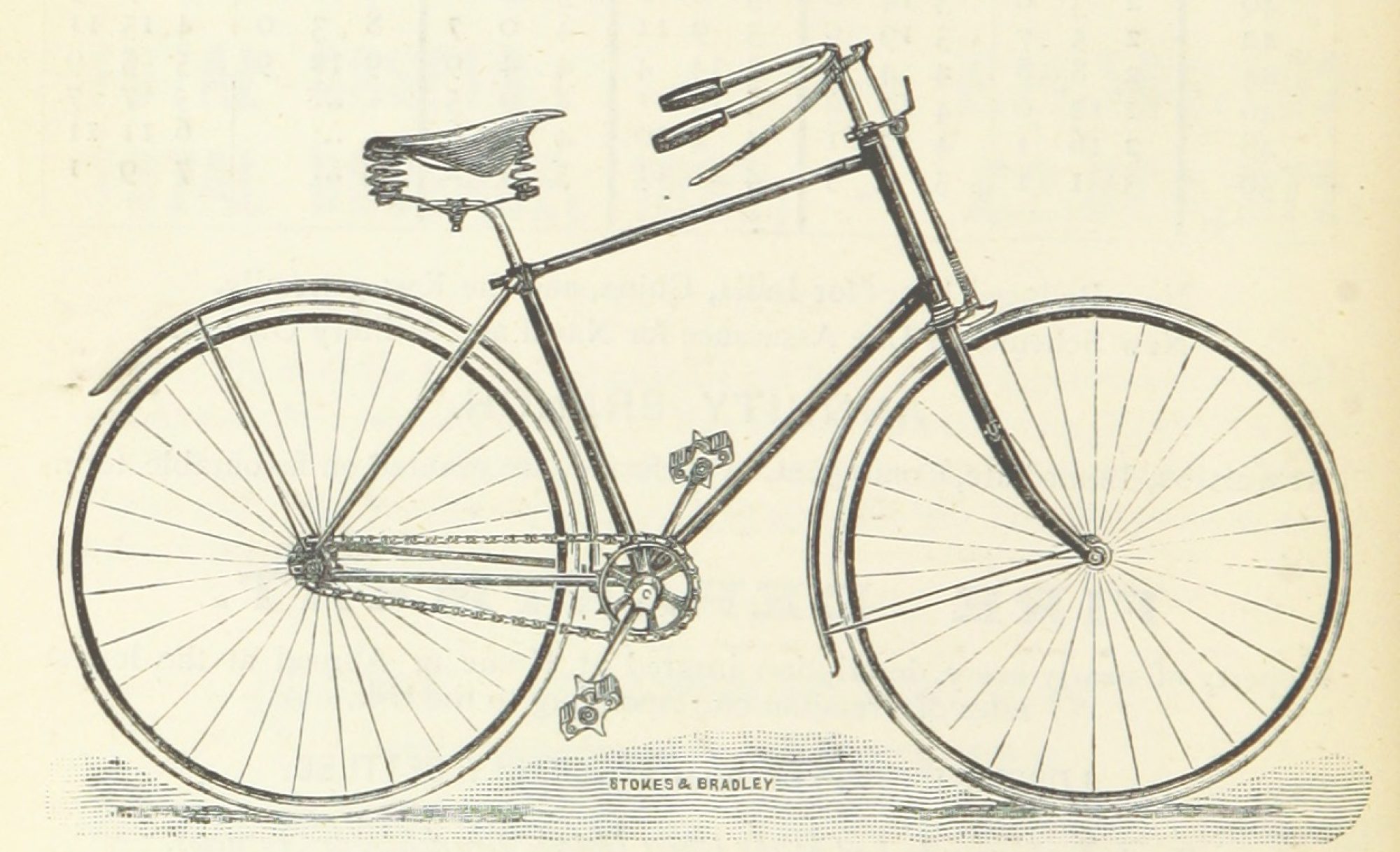by David Donnan

The sun felt warm for what seemed like the first time since November as I power walked up the brick sidewalk to Boston’s Museum of African American History. This year during the last weekend in February, the museum partnered with the Red Sox Foundation to provide free admission and tours in celebration of Black History Month. It had been advertised in the Boston Globe and Boston.com, and the slots had filled quickly. I arrived for the 10 o’clock admission, and at 10:30, a tour guide for the MAAH led a group of around 30, including myself, from the Smith School, where the exhibits are located, to the ground floor of the African Meeting House.
The Museum of African American History (MAAH) in Boston occupies two historic buildings on the North Slope of the Beacon Hill neighborhood: the Abiel Smith School and the African Meeting House. The African Meeting House was built in 1806 and served as both a church and a community meeting space for the Black community in Boston, which at the time was located primarily around this section of Beacon Hill. It is the oldest African-American church building still standing in the U.S. The space on the ground floor of the African Meeting House was a significant gathering space for the abolitionist movement in Boston, and served as the site of a community-run school until 1835, when the city of Boston opened the Abiel Smith School next door—”the first building in the country erected solely for the purpose of housing a Black public school,” as a lobby sign says.
Today, these buildings house the MAAH, a museum dedicated to the history and stories of both these buildings and the Black community in Boston, especially in the late 18th and the 19th centuries. Though it certainly is not the only place to encounter Black history of that time period in Boston, it occupies a somewhat singular place in the landscape of this colonial-history-dense city.

The tour was full of rich details and individual stories, all linked to these buildings. The African Meeting House was paid for by funds raised within the Black community. It was built by the community, and the laborers, who were Black, were paid. This makes sense in the context of the building, but it was actually a pretty exceptional thing in the early 1800s and is a stark contrast to the many historic places of that era that were built by enslaved people. Abolitionists met regularly in the basement, and national figures like Frederick Douglass as well as locals like Maria Stewart and William Cooper Nell spoke from the pulpit upstairs. Cooper Nell and the parents of the Smith School would also play the key role in ending legal school segregation in Massachusetts in 1855. When the MAAH moved into the African Meeting House in 1972, the building was restored to its last renovation by the Black community in the mid-1800s, and the floorboards and two of the back pews are among the pieces that remain from the original church.
The accumulation of these details created the deep sense that this was a site of history, a link between the past and the present, and a testament to a community’s continued existence through its ability to tell its own story and steward the places it built. After the tour finished, the group lingered in the sanctuary. Groups of friends and families with small children took turns getting pictures at the front of the church or standing behind the pulpit on those same original floorboards that abolitionists like Douglass had stood on. Some asked the guide questions, while others like myself began trickling back to the Smith School to look at exhibits.

While the clearest goal of the program was to make the museum and Boston’s Black history more accessible, this outreach event did more than just get full crowds through the doors on a February weekend. The lack of fees for the weekend seemed intended to draw in people who were already inclined to go to museums but had not yet been to the MAAH. No one in my tour group had been to the museum before, but all but two of us were residents of the Greater Boston area. While there was certainly a fair amount of diversity in terms of both age and race in my group, no one seemed to be a first-time museum goer. In a city with lots of historical tourist sites, very few of which are free, having a free weekend during a period of higher attention (Black History Month) and getting it publicized is a great way for a museum to draw in visitors and differentiate itself in a competitive market. These visitors are now part of the MAAH mailing list and might be on the lookout for future events, and others might also now be sending more (paying) visitors their way in the future. Even after I eventually left the MAAH, I spent the next week telling friends and family, both in Boston and beyond, that they should make time to visit. In addition to being an informative and evocative experience of Black history in Boston, the free weekend event was a savvy marketing strategy. By leveraging a partnership with a private foundation to support the cost of the event, the Museum of African American History in Boston was able to pull off what seemed in all ways to be an incredibly successful outreach event, gaining new supporters and attracting positive attention.
